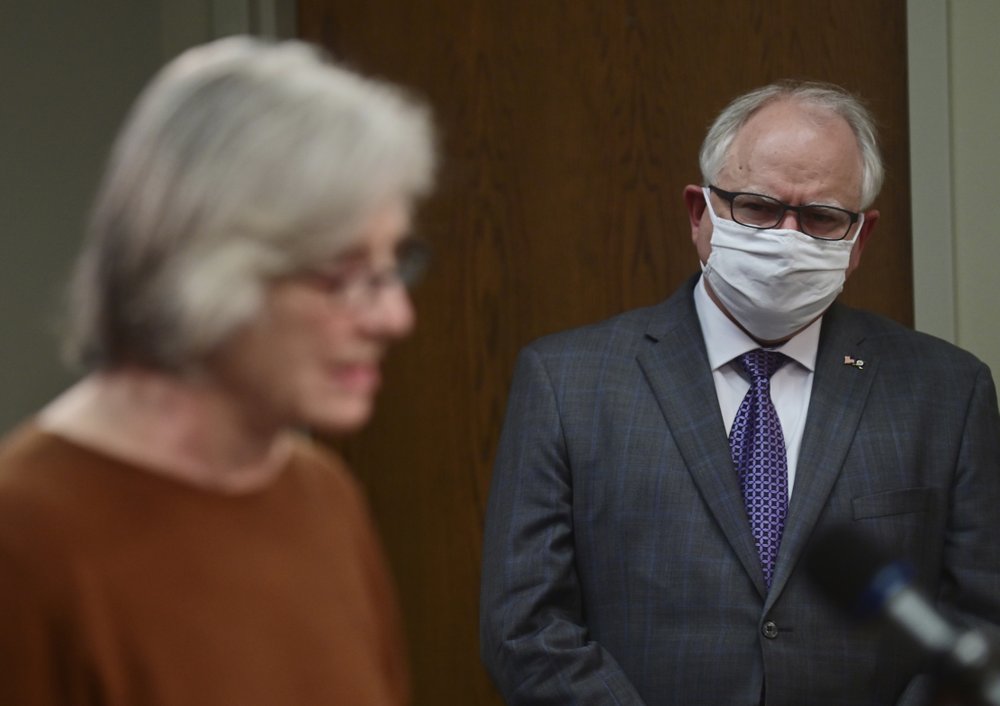Minnesota
Minnesota promises late July decision on K-12 schools

MINNEAPOLIS (AP) — Minnesota health and education officials on Thursday asked school administrators to plan for three scenarios on reopening in the fall under the cloud of the coronavirus, and promised a decision by the last week of July on whether students can return for in-person classes.
The state health and education departments asked K-12 school administrators to prepare for: in-person learning for all students; hybrid learning with social distancing and capacity limits; and distance learning only. They said their decisions may change toward fall as officials determine which contingency plan will best serve health and safety, and conceded that distance learning didn’t work well for all students or their families.
Deputy Education Commissioner Heather Mueller said at a briefing that it’s even possible that schools may have to switch models mid-year if coronavirus cases start to rise again.
The Minnesota Department of Health this week also issued new guidance for long-term care facilities, including nursing homes and assisted living centers, on how to allow window visits and outdoor visits as the pandemic unfolds.
Restrictions on visitors that have been in place since March have kept many older Minnesotans isolated from their families, Health Commissioner Jan Malcolm acknowledged. Many safety restrictions must remain in place she said, but added that officials understand the need to balance health concerns with psychological and social well-being.
Mueller said Minnesota schools just ended “a year like we’ve never seen before, that brought uncertainty and unforeseen challenges for our students, their families, our educators and our school communities. … We know it was not easy, and it was especially hard for our communities of color and our indigenous communities.”
The Department of Health issued a 16-page planning guide for schools, while the Department of Education published a more extensive 100-page document.
“The trauma experienced by our students with the dramatic changes (that) the pandemic brought to their lives, and with the murder of George Floyd, students are going to need the caring and thoughtful adults in their lives to show up for them now more than ever before,” Mueller said.
Republicans quickly criticized the state for waiting until late July to make a decision. Rep. Ron Kresha of Little Falls and Rep. Sondra Erickson of Princeton, the GOP leads on a pair of education committees, said in a statement that locally elected school boards and superintendents should be allowed to “chart the best path forward.”
Senate Majority Leader Paul Gazelka, of East Gull Lake, called it a “non-announcement … This direction is as clear as mud, and the inability to make a decision will hamper learning for students in the fall.”
Gazelka noted that the usage of intensive care beds by COVID-19 patients is down, the daily death toll is trending lower and the feared spike in cases after the mass protests over the Floyd’s death hasn’t materialized.
Gov. Tim Walz gave the order in mid-March for Minnesota public and charter schools to close and switch to distance learning as coronavirus cases were just starting to show up in the state. That order affected nearly 900,000 students and their families. The governor followed his school closure order with a statewide stay-at-home order later in March.
The governor later extended the closure through the school year, and essentially banned large-scale high school and college graduation ceremonies for the class of 2020 as the number of coronavirus cases in Minnesota grew.







